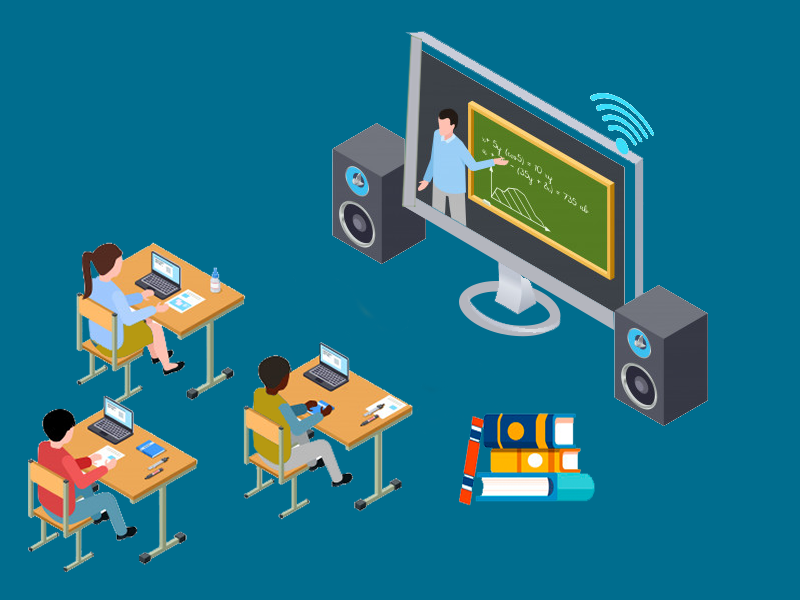"Laugh & Learn: Virtual Reality Redefines Education with Hilarious Adventures!"
Education in 3D: VR Revolutionizes Learning with Hilarious Adventures

Boredom in the classroom? Say goodbye to the traditional snooze-fest! Virtual Reality (VR) technology is here to whisk students away on hilarious and immersive learning adventures. Picture this - a history class where you step into the shoes of ancient civilizations, or a science lesson where you conduct comical lab experiments. Welcome to the world of VR education, where laughter meets learning, making classrooms an exhilarating and joyful experience.
VR technology is transforming the way education is delivered, bringing subjects to life in a way that captivates students like never before. The days of monotonous lectures and passive learning are a thing of the past, as educators worldwide are embracing VR to create interactive and entertaining educational content.
The power of laughter is not to be underestimated when it comes to learning. Studies have shown that humor enhances memory retention and information recall. VR education leverages this knowledge to its advantage, using comedy as a powerful tool to engage students and foster a love for learning.
Imagine biology classes that take you on a whimsical journey inside the human body, where cells crack jokes and organs have personalities. History lessons become time-traveling escapades, with students witnessing pivotal historical events unfold before their eyes, with a comical twist.
Beyond humor, VR allows for experiential learning, enabling students to apply theoretical knowledge in practical scenarios. For instance, physics classes become thrilling roller-coaster rides through the laws of motion, making abstract concepts tangible and memorable.
Teachers also find new creative outlets in VR education. They become directors of the immersive learning experience, orchestrating delightful surprises and engaging storytelling that sparks curiosity and encourages active participation.
Moreover, VR education is highly inclusive, accommodating various learning styles and catering to diverse needs. Visual learners thrive in the 3D environment, auditory learners benefit from interactive audio, and kinesthetic learners embrace hands-on experiences.
With VR headsets becoming more accessible and affordable, the potential for VR education continues to grow. Schools are incorporating VR labs, allowing students to explore entire galaxies, delve into the depths of the ocean, and venture into historical epochs with just a touch of a button.
However, challenges remain. Integrating VR into the curriculum requires adequate training for educators, and balancing entertainment with educational content is crucial. Ensuring equitable access to VR technology for all students is also an ongoing concern.
As VR education blurs the line between the virtual and physical world, it unleashes a wave of enthusiasm among students. Learning becomes a thrilling adventure, leaving traditional textbooks in the dust.
So, fasten your VR headsets and get ready to laugh, learn, and leap into the future of education, where classrooms are transformed into hilarious and captivating arenas of discovery.
Comments
Post a Comment